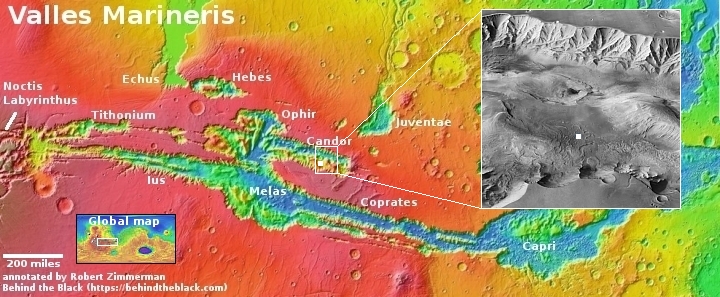Proposed private GPS-type satellite constellation raises $19 million
Capitalism in space: Xona, a company that wants to build a commercial GPS-type satellite constellation, has now raised $19 million in private investment capital.
The round was led by Future Ventures and Seraphim Space. New investors NGP Capital, Industrious Ventures, Murata Electronics, Space Capital, and Aloniq also joined the round.
Xona is developing a commercial positioning, navigation and timing (PNT) service through a constellation of low-Earth orbit satellites. The company plans to offer the service as an alternative or backup to the Global Positioning System.
It appears the commercial users of GPS want more than one American-owned system in operation in case the government’s present constellation goes out, either because of an attack, jamming, or a major technical failure, and are willing to pay for it. Xona’s constellation, once built, could initiate the full transfer of GPS responsibility from the government to the private sector.
Capitalism in space: Xona, a company that wants to build a commercial GPS-type satellite constellation, has now raised $19 million in private investment capital.
The round was led by Future Ventures and Seraphim Space. New investors NGP Capital, Industrious Ventures, Murata Electronics, Space Capital, and Aloniq also joined the round.
Xona is developing a commercial positioning, navigation and timing (PNT) service through a constellation of low-Earth orbit satellites. The company plans to offer the service as an alternative or backup to the Global Positioning System.
It appears the commercial users of GPS want more than one American-owned system in operation in case the government’s present constellation goes out, either because of an attack, jamming, or a major technical failure, and are willing to pay for it. Xona’s constellation, once built, could initiate the full transfer of GPS responsibility from the government to the private sector.







